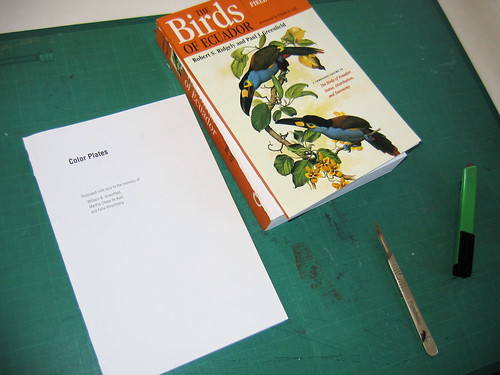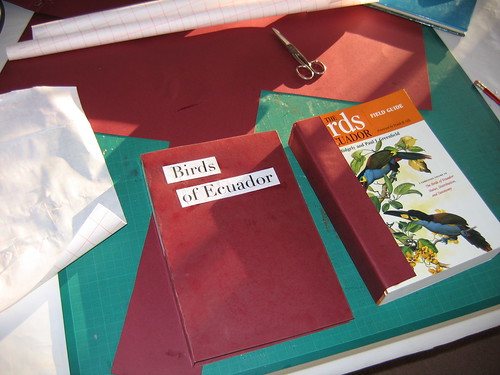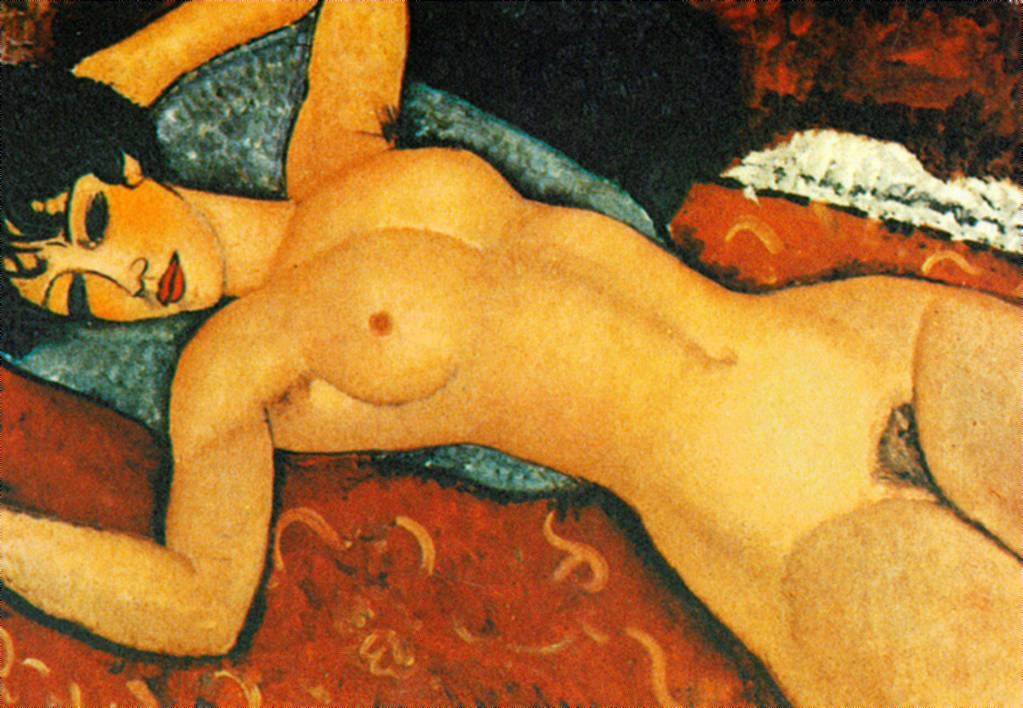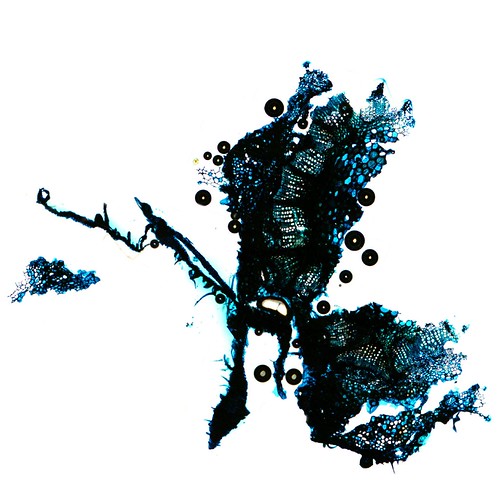I nearly posted a link to this story on the BBC website about cows having regional accents because I thought it was mildly interesting. But the internet linguistics police quickly debunked it.
The BBC story starts by saying “Cows have regional accents like humans, language specialists have suggested.” What actually happened was that a PR firm working for a cheese manufacturer had called a couple of linguists and asked them whether there was any possibility that cows’ moos varied geographically. The answer was something like “well, it seems very unlikely, but it’s not completely impossible, because regional ‘accents’ have been observed in birds”.
Now I don’t particularly blame the cheese people’s people. They’re a PR firm. Spinning the truth is what they do. Trading on other people’s professional authority while misrepresenting what they actually said isn’t exactly attractive behaviour, but they’re salespeople and they are open about the fact that they’re selling you something. And to be fair, the original press release clearly bases its claims only on what the farmers have said. It’s not claiming to be any more than anecdotal.
But I do blame the BBC. They are the ones who reported this as a news story on their science pages, and who failed to call the linguists in question for a bit of fact-checking. They’ve actually made it worse by cutting out all the references to the West Country Farmhouse Cheesemakers. That’s presumably because they aren’t supposed to be providing advertising for anyone, but the result is that they’ve cut out any indication that the story is based on a press release put out by the PR firm for a dairy company, rather than, oh I don’t know, a paper in a scientific journal.
You’re probably thinking “chill out, Harry, it’s only a silly story about cows having accents”. And that’s probably what the BBC would say in their defence. Well, fuck that. I know that the fate of nations doesn’t hang on it, but if something is reported as news, I want them to have made the basic minimum of effort to report it correctly. Otherwise, why bother?
It’s typical of the media’s approach to reporting science. Or indeed just about any subject outside politics. They get all up their own arses about the importance of their role as protectors of democracy and speakers of truth to power, and the seriousness and integrity of their political journalism. And on their better days, all that stuff is true. But the moment they report on science, there’s a feeling that well, no-one can be expected to understand the technical details, so it’s alright to provide a watered-down and simplistic version; and anyway, it’s not very important like the political stuff (as though most political journalism was any more than gossip), so as long as it’s mildly entertaining, who cares if it’s really accurate? And then because that’s their attitude, they get all surprised when people like me get annoyed by it, because it’s ‘just’ a silly season story about cows, and surely people are media-savvy enough to know that it may not be held to the same standards as their political reporting?
Well, no. I actually care about the truth of these stories. Even the cow story; if it’s true, it’s interesting. If it’s not true, it’s just a waste of my time. I really feel quite strongly that if they’re going to do science and health reporting, they should do it properly. At the most basic level: if they get a press release about a piece of scientific research, they should call the scientists involved and make sure they don’t misrepresent them. And if it appears to be making an outlandish or controversial claim, call someone who can be expected to know about the subject and check with them. Otherwise just stop it. Stop reporting about science altogether if you can’t be bothered to get it right.
And if you think they’re more reliable when the subject, instead of cow accents, is something vitally important like vaccinations causing autism: *hollow laugh*












